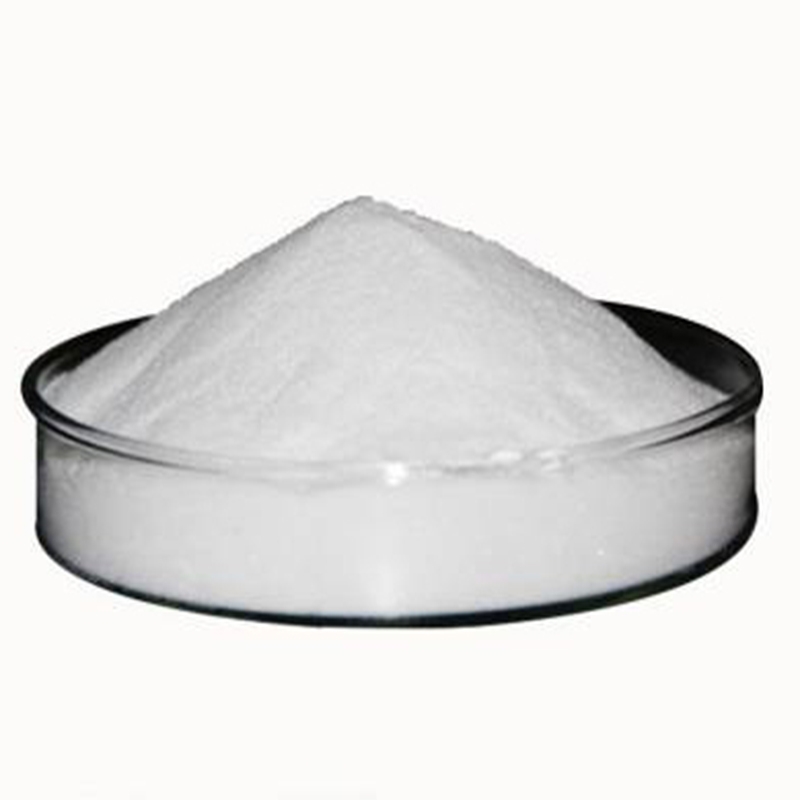-
Categories
-
Pharmaceutical Intermediates
-
Active Pharmaceutical Ingredients
-
Food Additives
- Industrial Coatings
- Agrochemicals
- Dyes and Pigments
- Surfactant
- Flavors and Fragrances
- Chemical Reagents
- Catalyst and Auxiliary
- Natural Products
- Inorganic Chemistry
-
Organic Chemistry
-
Biochemical Engineering
- Analytical Chemistry
-
Cosmetic Ingredient
- Water Treatment Chemical
-
Pharmaceutical Intermediates
Promotion
ECHEMI Mall
Wholesale
Weekly Price
Exhibition
News
-
Trade Service
energy and organic matter for plant growth.
Taking rice as an example, 60%~80% of the nutrients required for grain filling come from leaf photosynthesis
.
Therefore, the function of the leaves directly affects the final yield and quality
of the crop.
Studies have shown that the yield of functional leaves of rice can increase by about
1% for every 1 day of aging delay in maturation.
Therefore, studying the molecular mechanism of leaf cell death has important theoretical and practical significance
.
The cell death process of leaves is not only affected by external factors such as pathogenic bacterial invasion, drought, nutritional deficiency, extreme temperature, ultraviolet rays, but also regulated by plant hormones such as ABA, SA, JA, ethylene, cytokinin and other small active molecules
such as reactive nitrogen (RNS) and reactive oxygen species (ROS).
Among them, nitric oxide (NO) is one of the most important reactive nitrogen molecules, which is widely involved in the growth and development of animals and plants and tolerance to adversity
.
However, there are few
studies on the mechanism of NO/RNS in rice leaf death.
such as reactive nitrogen (RNS) and reactive oxygen species (ROS).
Among them, nitric oxide (NO) is one of the most important reactive nitrogen molecules, which is widely involved in the growth and development of animals and plants and tolerance to adversity
.
However, there are few
studies on the mechanism of NO/RNS in rice leaf death.
The research group of Chu Chengcai, State Key Laboratory of Plant Genomics, Institute of Genetics and Developmental Biology, Chinese Academy of Sciences, screened more than 380 rice Progeria mutants on a large scale, and obtained a batch of leaf cell death mutants
with altered NO content 。 The team's study of the mutant noe1 (nitric oxide excess 1) with a large accumulation of NO showed that under strong light conditions, the ROS scavenger peroxidase (Catalase) function was absent in rice leaves, resulting in an increase in the concentration of ROS dominated by H2O2, inducing NO production and causing nitrosylation modifications of multiple regulatory programmed cell death (PCD) proteins to promote cell death.
This provides a completely new annotation of RNS's involvement in ROS-induced cell death (Plant Physiology, 2012).
Studies of another NO-accumulating mutant, Noe2, have shown a completely different molecular mechanism of cell death in leaves than NOE1
.
NOE2 encodes RLS1 (Rapid Leaf Senescence 1), a protein containing the NB-ARC domain, a class of resistance (R) proteins
.
One of the typical features of plant R protein after recognizing pathogens is to cause hypersensitive response (HR) type cell death, accompanied by the accumulation
of ROS and RNS.
However, little
is currently known about the molecular mechanisms underlying this process.
Further studies found that RLS1 functional mutation (RLS1-D) triggered high-light dependent HR-like cell death in rice, and did not depend on the accumulation of salicylic acid (SA) and NPR1 (Nonexpressor of Pathogenesis Related Gene).
1) Activity and function of
RAR1 (Required for Mla12 Resistance 1).
The study was cloned to the Root Meander Cursor (RMC) gene
through screening of the RLS1 activation suppressors.
RMC encodes a cysteine-rich receptor-like secreted protein (CRRSP) and functions
as an RLS1-binding protein.
The co-expression of RLS1 and RMC leads to changes in subcellular localization patterns, triggers cell death, and reduces the activity of antioxidant enzyme APX1, thereby revealing that NB-ARC-CRRSP signaling modules regulate the oxidative state, cell death process and related immune responses
of rice cells.
with altered NO content 。 The team's study of the mutant noe1 (nitric oxide excess 1) with a large accumulation of NO showed that under strong light conditions, the ROS scavenger peroxidase (Catalase) function was absent in rice leaves, resulting in an increase in the concentration of ROS dominated by H2O2, inducing NO production and causing nitrosylation modifications of multiple regulatory programmed cell death (PCD) proteins to promote cell death.
This provides a completely new annotation of RNS's involvement in ROS-induced cell death (Plant Physiology, 2012).
Studies of another NO-accumulating mutant, Noe2, have shown a completely different molecular mechanism of cell death in leaves than NOE1
.
NOE2 encodes RLS1 (Rapid Leaf Senescence 1), a protein containing the NB-ARC domain, a class of resistance (R) proteins
.
One of the typical features of plant R protein after recognizing pathogens is to cause hypersensitive response (HR) type cell death, accompanied by the accumulation
of ROS and RNS.
However, little
is currently known about the molecular mechanisms underlying this process.
Further studies found that RLS1 functional mutation (RLS1-D) triggered high-light dependent HR-like cell death in rice, and did not depend on the accumulation of salicylic acid (SA) and NPR1 (Nonexpressor of Pathogenesis Related Gene).
1) Activity and function of
RAR1 (Required for Mla12 Resistance 1).
The study was cloned to the Root Meander Cursor (RMC) gene
through screening of the RLS1 activation suppressors.
RMC encodes a cysteine-rich receptor-like secreted protein (CRRSP) and functions
as an RLS1-binding protein.
The co-expression of RLS1 and RMC leads to changes in subcellular localization patterns, triggers cell death, and reduces the activity of antioxidant enzyme APX1, thereby revealing that NB-ARC-CRRSP signaling modules regulate the oxidative state, cell death process and related immune responses
of rice cells.
On October 5, the research results were published online in Plant Communications (DOI: 10.
1016/j.
xplc.
2022.
100459).
The research work is supported
by the National Natural Science Foundation of China.
1016/j.
xplc.
2022.
100459).
The research work is supported
by the National Natural Science Foundation of China.







